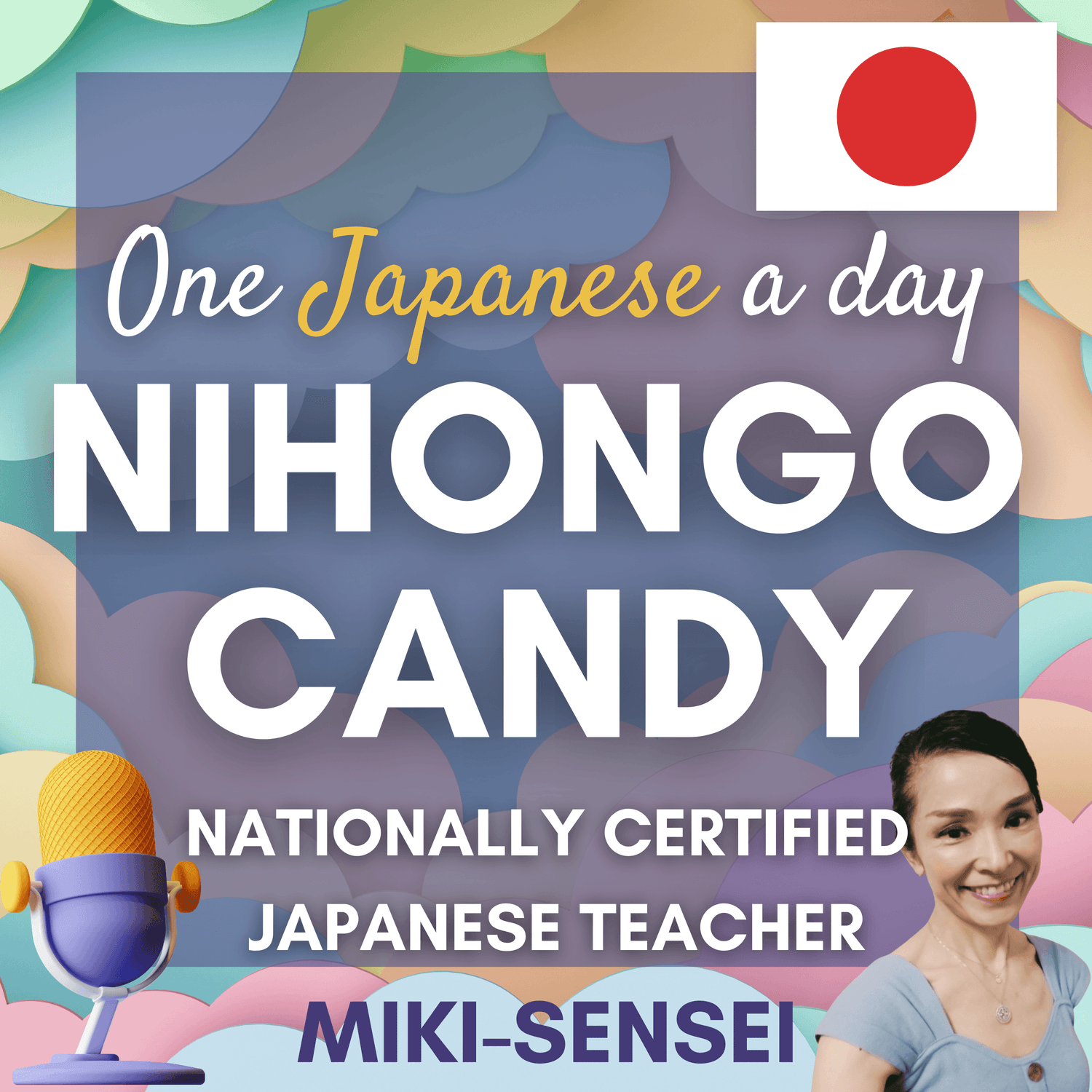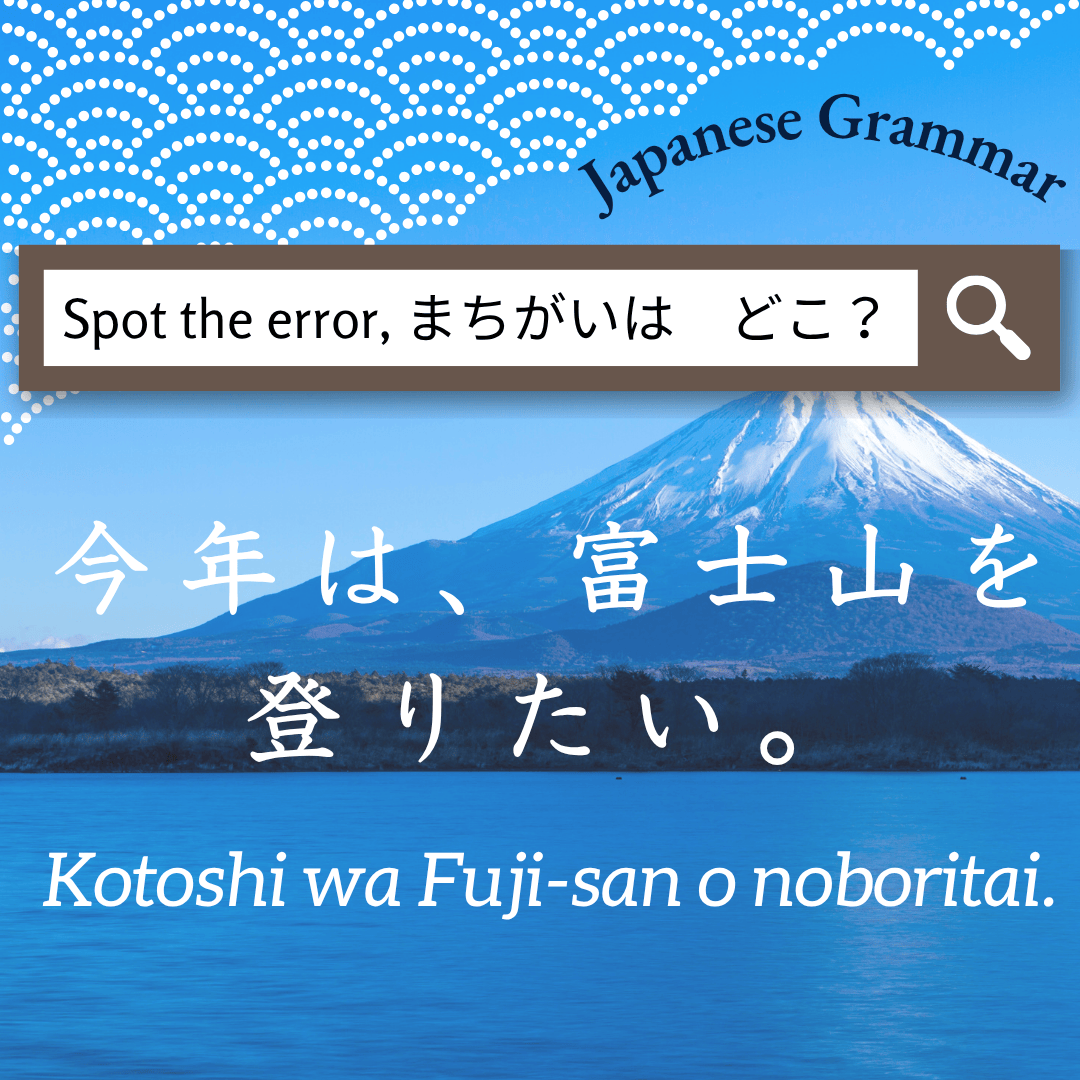
【 Podcast NIHONGO CANDY #110 】 人気のラーメン屋に行く \/ Ninki no raamen-ya ni iku \/ Going to a popular ramen shop

Introduction
Today we'll learn Japanese through real-life scenarios. Today's topic is 「人気のラーメン屋に行く」(Ninki no ramen-ya ni iku) Going to a popular ramen shop. By the end of this episode, you'll know the essential phrases for your first visit to a popular ramen shop in Japan.
Section 1: Before Going to the Ramen Shop
Before going to a popular ramen shop, you usually research various things about the restaurant.
First, let's learn words for researching restaurants. 「レビュー」(rebyuu) means "review." You can say 「この店はいいレビューが多いです」(Kono mise wa ii rebyuu ga ooi desu) (This restaurant has many good reviews). 「星」(hoshi) means "star rating," used like 「星3つ」(hoshi mittsu) (3 stars) or 「星5つ」(hoshi itsutsu) (5 stars).
When you want to know if a restaurant is crowded, you use the word 「混んでいます」(konde imasu). Popular ramen shops are always 「混んでいます」(konde imasu) (crowded). The opposite is 「すいています」(suite imasu) (not crowded).
To ask if you can make a reservation, you say 「予約できますか」(yoyaku dekimasu ka). However, most ramen shops don't take reservations. So you can ask 「何分待ちますか」(nanpun machimasu ka) (How many minutes will I wait?).
When you want to ask about business hours or closed days, 「何時から何時まで開いていますか」(nanji kara nanji made aite imasu ka) means "What time are you open from and until?" 「休みは何曜日ですか」(yasumi wa nanyoubi desu ka) means "What day of the week do you close?"
Section 2: When You Arrive at the Shop
When you arrive at the restaurant, what do you do first? Let's imagine what happens when you arrive at the restaurant.
Popular restaurants have 「行列」(gyouretsu) (lines). 「行列」(gyouretsu) means "line" or "queue." When there's a long line, you need to 「並びます」(narabimasu) (wait in line). Go to the back of the line and you can ask 「ここが最後ですか」(koko ga saigo desu ka) (Is this the end of the line?).
Some ramen shops have 「券売機」(kenbaiki) (ticket machines). This is a "ticket machine" where you pay money first and buy 「食券」(shokken) (meal tickets). If you don't know how to use the ticket machine, you can ask 「すみません、使い方を教えてください」(sumimasen, tsukai-kata wo oshiete kudasai) (Could you tell me how to use this?).
While waiting, you can look at the menu posted outside the restaurant. Look at the 「メニュー」(menyuu) and think about what to eat. Also check the 「おすすめ」(osusume) (recommendations) and 「日替わりセット」(higawari setto) (daily special set).
Section 3: From Ordering to Payment
Once you sit down, you'll place your order. Let's learn the essential expressions for ordering and paying.
If there's no ticket system, a staff member will come to take your order. They'll ask 「お決まりですか」(okimari desu ka). This means "Have you decided?" If you haven't decided yet, you can say 「もう少し待ってください」(mou sukoshi matte kudasai) (Please give me some more time).
Let's learn the types of ramen. There are 「醤油ラーメン」(shouyu raamen) (soy sauce ramen), 「味噌ラーメン」(miso raamen) (miso ramen), 「塩ラーメン」(shio raamen) (salt ramen), and 「豚骨ラーメン」(tonkotsu raamen) (pork bone ramen). For toppings, there are 「チャーシュー」(chaashuu) (pork slices), 「メンマ」(menma) (bamboo shoots), 「煮卵」(nitamago) (soft-boiled egg), 「もやし」(moyashi) (bean sprouts), and others.
Some shops let you choose noodle firmness. If they ask 「麺の硬さはどうしますか」(men no katasa wa dou shimasu ka) (How would you like your noodles?), you can choose from 「普通」(futsuu) (normal), 「硬め」(katame) (firm), or 「柔らかめ」(yawarakame) (soft). You can also choose soup richness: 「普通」(futsuu) (normal), 「濃いめ」(koime) (rich), or 「薄め」(usume) (light).
If you don't understand a word, ask 「〜って何ですか」(~tte nan desu ka). For example, 「チャーシューって何ですか」(chaashuu tte nan desu ka) (What is chashu?).
While eating, you might want to order something additional. Say 「すみません」(sumimasen) and then 「餃子をください」(gyouza o kudasai) (Can I have gyoza, please?).
When paying, say 「お会計をお願いします」(okaikei o onegaishimasu) (Check, please). For cash, say 「現金で」(genkin de). For card, say 「カードで」(kaado de). Recently, people also ask 「PayPayは使えますか」(PayPay wa tsukaemasu ka) (Can I use PayPay?) for one of the commonly used electronic payments.
Finally, if the ramen was delicious, tell the staff 「美味しかったです」(oishikatta desu) (It was delicious). They'll be very happy.
Section 4: Let's Practice
Let's practice using the words we learned today. I'll give you situations, and you can think about what to say.
Situation 1: You arrive at the restaurant and there's a line.
「ここが最後ですか」(Koko ga saigo desu ka) (Is this the end of the line?)
Situation 2: You're waiting in line and want to know how long you'll wait.
「何分待ちますか」(Nanpun machimasu ka) (How many minutes will I wait?)
Situation 3: You're in front of the ticket machine and don't know how to use it.
「すみません、使い方を教えてください」(Sumimasen, tsukai-kata o oshiete kudasai) (Could you tell me how to use this?)
Situation 4: You're seated but haven't decided what to eat yet.
「もう少し待ってください」(Mou sukoshi matte kudasai) (Please give me some more time)
Situation 5: You've finished eating and want to pay.
「お会計をお願いします」(Okaikei o onegaishimasu) (Check, please)
Closing
「ご当地ラーメン」(gotochi raamen) とは何でしょうか。「ご当地ラーメン」(gotochi raamen) は、Local specialty ramen です。日本のいろいろなところで、その土地の、特徴があるラーメンを食べることができます。(Nihon no iroiro na tokoro de, sono tochi no, tokuchou ga aru raamen o taberu koto ga dekimasu.) ラーメンが好きな人は、ぜひ、旅行した場所の「ご当地ラーメン」(gotochi raamen) を食べてみてください。(Raamen ga suki na hito wa, zehi, ryokou shita basho no gotochi raamen o tabete mite kudasai.) 時間がない人は、横浜にある、新横浜ラーメン博物館に行くと、「ご当地ラーメン」(gotochi raamen) がたくさん紹介されていますよ。(Jikan ga nai hito wa, Yokohama ni aru, Shin-Yokohama Raamen Hakubutsukan ni iku to, gotochi raamen ga takusan shoukai sarete imasu yo.)

Our Weekly Podcast
Practicality first! A weekly podcast that helps you master useful expressions and vocabulary you can start using in everyday conversations right away. Follow and listen, and you’ll find the dots connecting—your conversation skills will naturally improve.
Follow on Instagram
For your daily dose of Japanese grammar, vocabulary, and kanji to boost your speaking skills.

BLOG CATEGORY

HOME | FOR INDIVIDUALS | FOR ORGANIZATIONS | LESSONS | SENSEI | BOOKS | CONTACT
WELC Language Services - Copyright 2025 | TERMS of SERVICE | PRIVACY POLICY